5 Proven Tips on How to Choose an Interior Designer
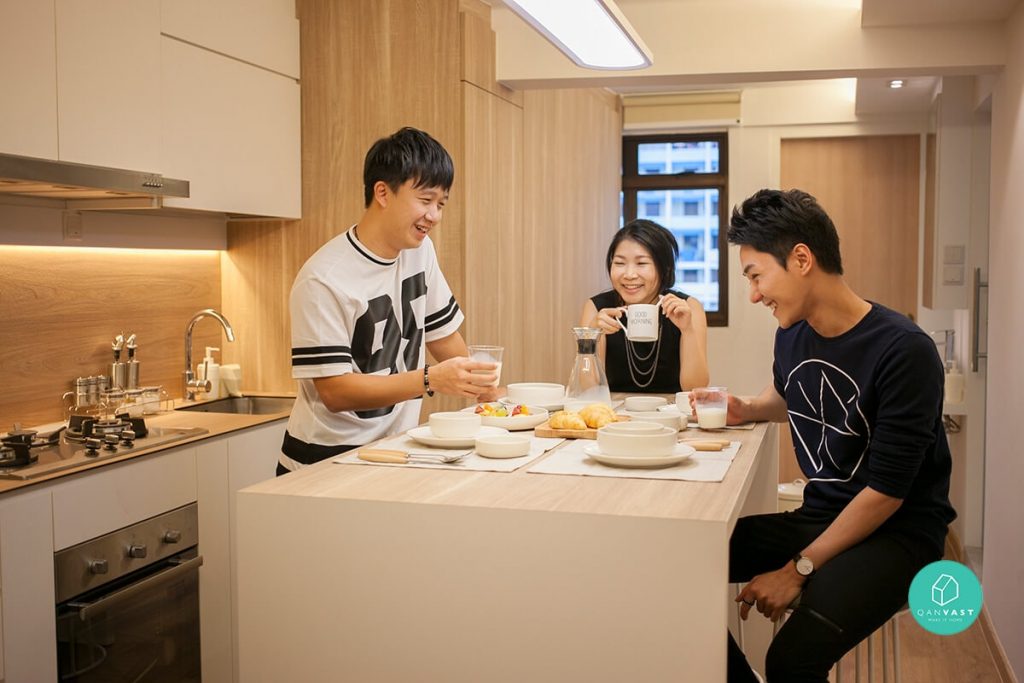
Interior Designer – Mr Shopper Studio
5 Proven Tips for Your Dream Home
by TheLorry on 13 August 2025.
Choosing an interior designer is one of the most important decisions you’ll make in your home renovation journey. The right designer can transform your space beautifully, while the wrong choice could lead to delays, frustration, and wasted money. Whether you’re doing a full home makeover or just refreshing a few rooms, knowing how to choose an interior designer will save you stress and help you get the results you want.
Here are five proven tips to guide you in selecting the perfect design partner for your project.
1. Take Word-of-Mouth Recommendations with Caution
A friend’s glowing review doesn’t guarantee that the same designer will be a match for you. Interior design is highly personal—what works for someone else may clash with your style, needs, or budget.
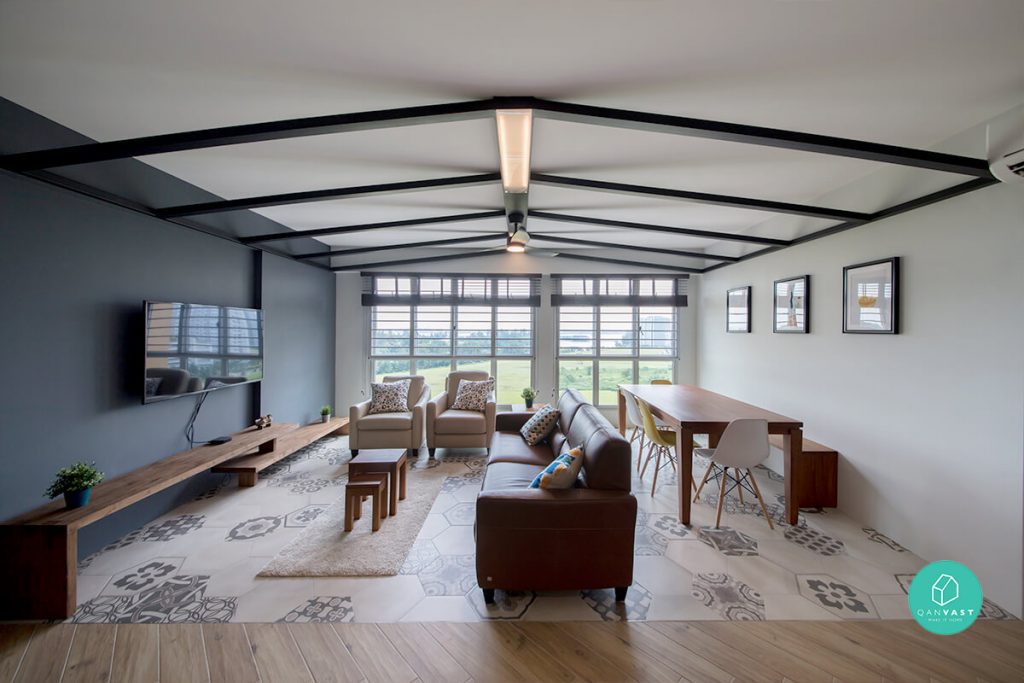
Interior Designer – Edge Interior
For example, if your friend loves a bold, opinionated designer and you prefer a collaborative approach, you might end up feeling unheard. Instead, treat recommendations as a starting point, and always schedule a consultation to assess compatibility yourself.
💡 Pro Tip: During your first meeting, notice whether they listen more than they talk—it’s a sign they value your input.
2. Verify the Company’s Legitimacy
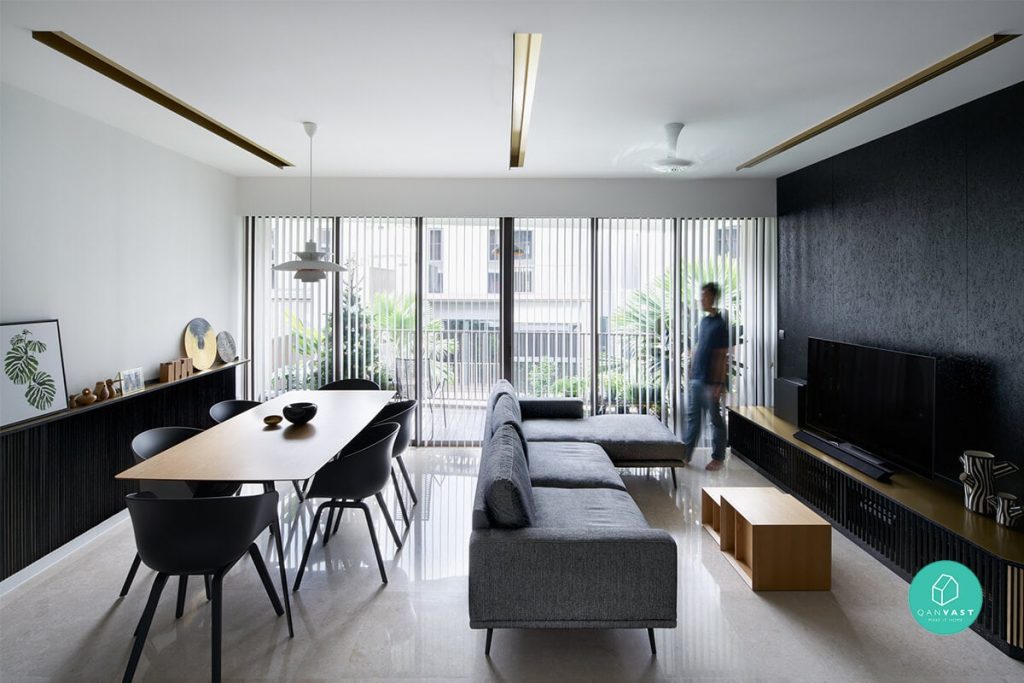
Interior Designer – Asolidplan
In Singapore, there are many interior design firms, ranging from established studios to newer entrants. Always ask for accreditations, licenses, and memberships in industry bodies. These not only show professionalism but also provide a safety net in case of disputes.
Be wary of unusually low package deals—quality design, materials, and workmanship don’t come cheap. The old saying holds true: you get what you pay for.
📌 Check out: TheLorry’s trusted moving and renovation partner list for vetted service providers.
3. Align on Timelines Early
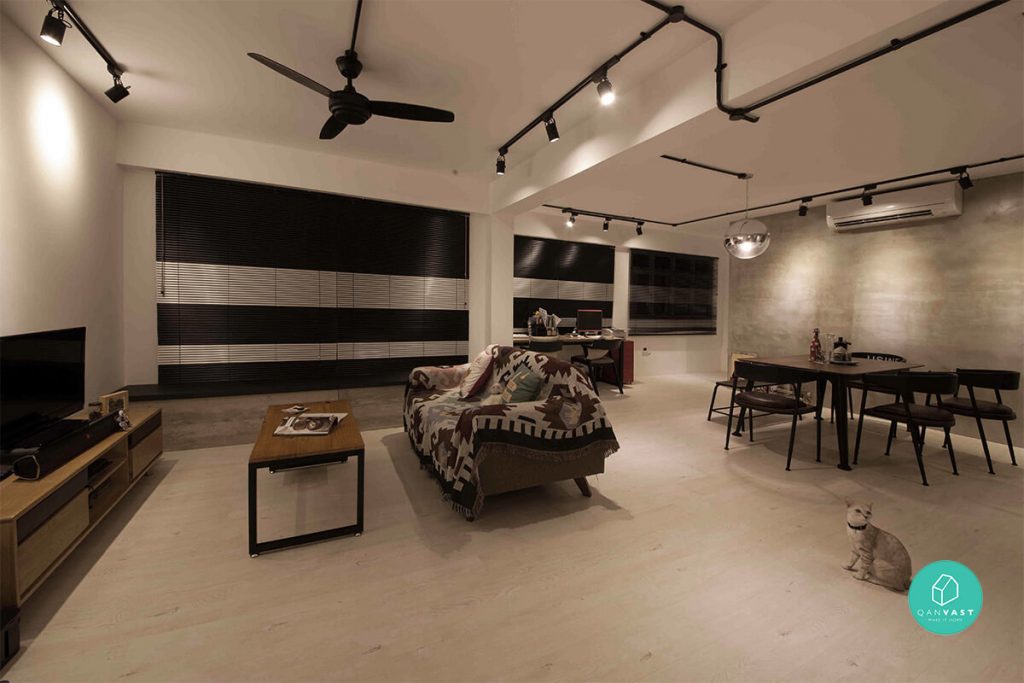
Interior Designer – Flipside Design
If you have a fixed move-in date or specific milestones, communicate them upfront. Renovation delays can be caused by peak season schedules, supply shortages, or the designer juggling multiple projects.
Ask the designer to provide a realistic project timeline and build in a buffer for unexpected issues. A reliable designer will be transparent about potential challenges and update you regularly.
4. Evaluate Communication and Project Management Style
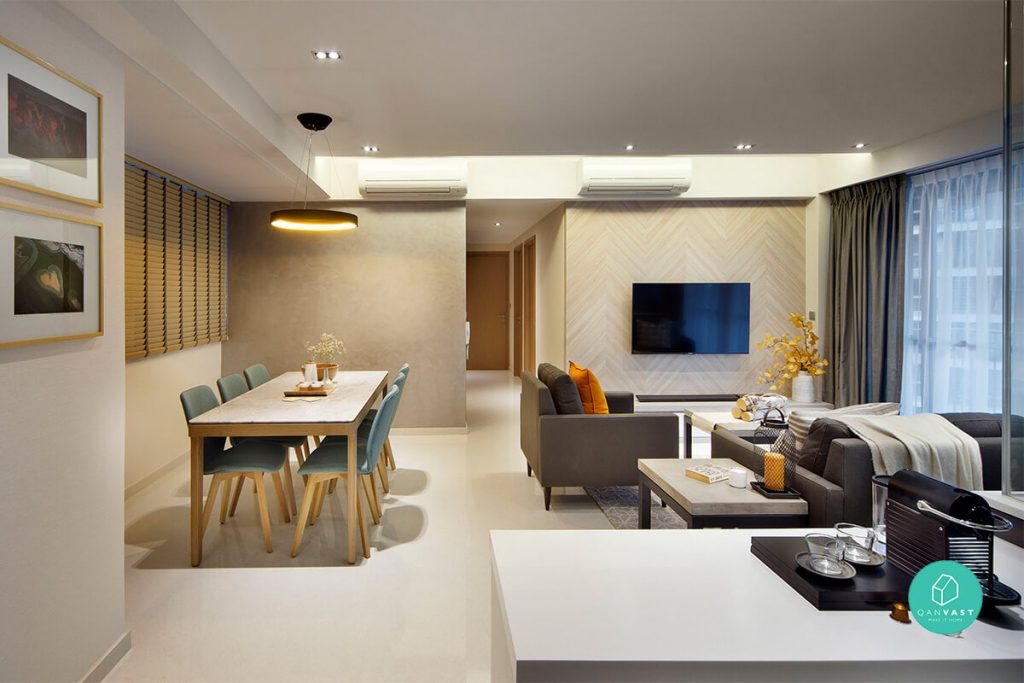
Interior Designer – AD. I. WRKS
A talented designer who can’t manage timelines or communicate clearly will still cause headaches. From the first meeting, assess whether their personality, response speed, and openness to feedback match your working style.
If you spot early red flags—like pushing expensive upgrades without justification, ignoring your requests, or showing inconsistent ideas—trust your gut. The right designer should make you feel confident, not pressured.
5. Inspect Their Portfolio and Past Work
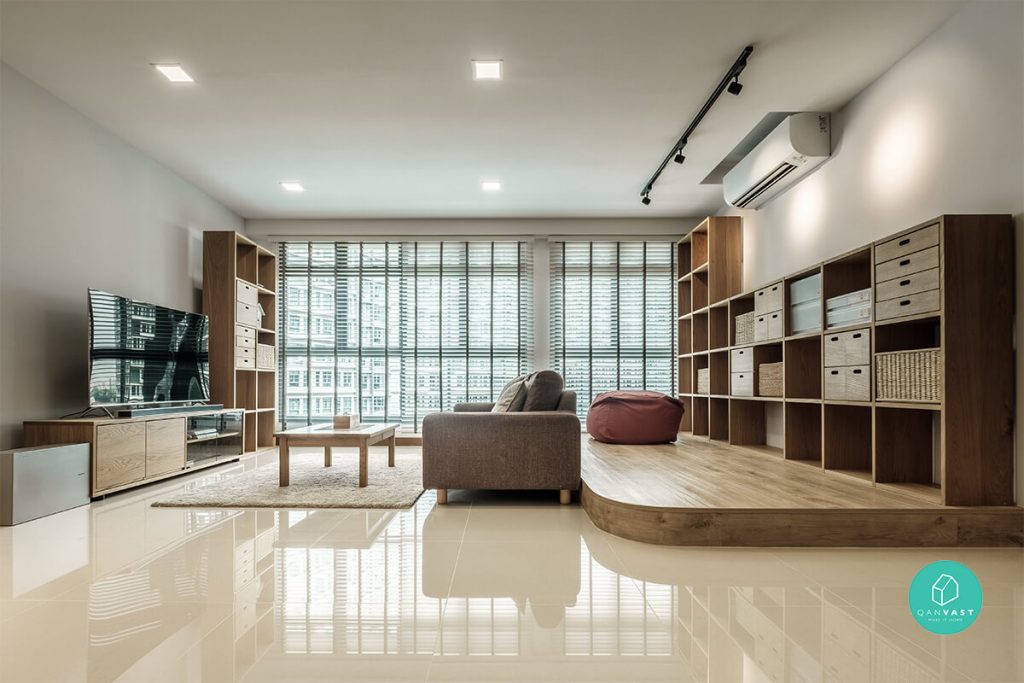
Interior Designer – DB Studio
Ask to visit completed projects, ideally ones the designer personally handled. Photos can be misleading, but seeing the actual workmanship in person lets you judge quality.
Pay attention to details like carpentry joints, paint finishes, and space functionality. A reputable designer will be proud to showcase their best work and connect you with past clients for feedback.
This article is contributed by Qanvast, an interior design platform for homeowners passionate about their home design.
10 Questions to Ask Before Hiring an Interior Designer
Before you sign a contract, ask these must‑know questions to make sure your interior designer fits your style, budget, and timeline. They’re designed for homeowners everywhere and align with common search intent like “how to hire an interior designer” and “questions to ask an interior designer.”
-
What Is Your Design Style and Can You Adapt to Mine?
Why it matters: Some designers have a strong signature look while others are flexible. You want alignment with your vision—not just their portfolio aesthetic.
-
Can I See Completed Projects Similar to Mine?
Why it matters: Reviewing similar work helps you judge fit for your space type, goals, timeline, and budget.
-
How Do You Structure Your Fees?
Why it matters: Designers may charge hourly, a flat fee, or a percentage of total project cost. Clarity now prevents budget surprises later.
-
Who Will Be My Main Point of Contact?
Why it matters: In larger studios, the person you meet may not manage day‑to‑day work. Confirm who communicates updates and approvals.
-
What Is the Estimated Timeline, and What Happens If It Changes?
Why it matters: Delays can occur due to permitting, materials, or contractor schedules. Try t o ask how changes are handled and communicated.
-
How Do You Handle Budget Overruns or Unexpected Issues?
Why it matters: Hidden conditions or scope changes happen. Understand approval steps, cost controls, and contingency planning.
-
Do You Offer Warranties or Post‑Project Support?
Why it matters: Reliable designers stand by their work and can provide check‑ins or workmanship warranties after handover.
-
Which Contractors, Suppliers, or Brands Do You Work With?
Why it matters: Quality depends on their network. This also helps gauge durability, availability, and overall value.
-
Can You Provide Client References or Testimonials?
Why it matters: Speaking with past clients reveals real‑world communication, reliability, and follow‑through.
-
What’s Included in Your Services and What’s Not?
Why it matters: Some designers handle concept‑to‑completion; others deliver design only. Clear scope avoids misunderstandings.
Why This Matters
Here’s the thing: choosing an interior designer isn’t just about liking their mood board or Instagram feed. It’s about finding a reliable partner who will be in your life for months—someone you trust with your budget, your timeline, and your sanity.
The stakes are high. Pick the wrong person, and you might face blown budgets, delayed move-ins, and design choices you regret the moment you see them in real life. This is where many homeowners get caught in the same trap as those who rush to hire a mover without checking credentials—remember that story about “colossal mistakes people do when hiring movers”? The same principle applies here: the cheapest or most available option isn’t always the smartest choice.
Think about it—renovation stress is already real enough. Add poor communication, missed deadlines, and last-minute “oh, by the way, it’ll cost more” moments, and your dream project can quickly become a nightmare. That’s why it pays to do the homework now rather than fix disasters later.
And once your renovation wraps up, you’ll still have the big move to tackle. That’s another stage where timing, coordination, and trust matter—just like with your designer. Avoiding chaos during your move means working with professionals who plan ahead, communicate clearly, and have the right equipment.
💡 Pro tip: If you’ve ever heard about the headaches of “backloading” or moving delays during peak season, you know that scheduling early can make all the difference. It’s the same with booking your designer—start conversations early, get everything in writing, and work with partners who value transparency.
👉 Ready to move into your beautifully designed space without the moving day drama?
Book TheLorry’s House Moving Package—we’ll make sure your relocation is just as smooth as your renovation.
Internal Blog Recommendations
Before you wrap up your interior designer search, here are some must-read articles on TheLorry Newsroom that can save you headaches down the road:
-
3 Stories of Colossal Mistakes People Do When Hiring Movers – Just like hiring an interior designer, choosing a mover requires careful vetting. This article shares three real-life moving disasters that could have been avoided with better planning. Think of it as your cautionary guide to avoiding unnecessary stress.
-
The Ultimate Guide to Purchasing Your First Property – If you haven’t bought your home yet, this comprehensive guide walks you through every step—from budgeting and financing to choosing the right location. The earlier you make informed decisions, the smoother your renovation planning will be.
-
The Ongoing Predicament of Backloading in Malaysia – Ever wonder why some moves get delayed or why certain “cheap deals” come with hidden risks? This piece explains the pitfalls of backloading (sharing transport space with other customers) and how similar issues can crop up in renovations when timelines aren’t properly managed.
Frequently Asked Questions (FAQ)
What is the best way to choose an interior designer?
How does hiring an interior designer work?
Is hiring an interior designer worth it?
Who can use an interior designer?
Where to book an interior designer?
How much does an interior designer cost in Singapore?





 MY – EN
MY – EN Singapore
Singapore Indonesia
Indonesia